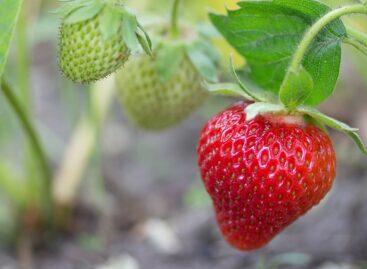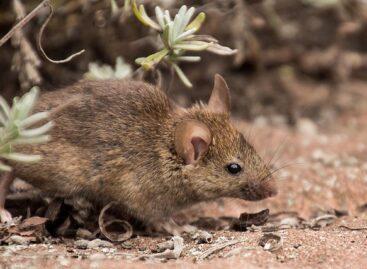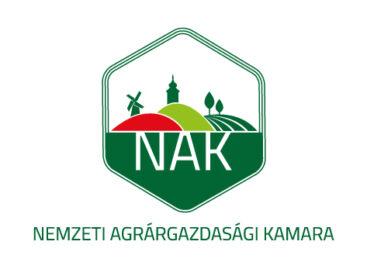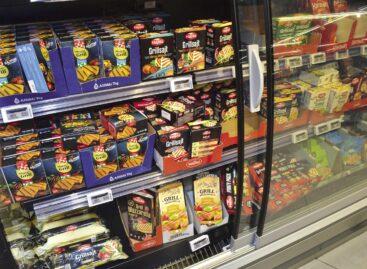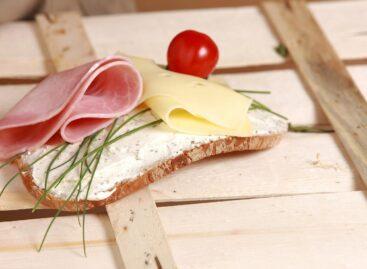Domestic shepherds are preparing for a busy Easter period
This year’s Easter season starts with favorable prospects for domestic sheep breeders. The European market is seeing a growing demand, which is further increased by the Muslim Ramadan holiday, which coincides with the early Easter. According to the joint market overview of the National Chamber of Agriculture, the Association of Hungarian Sheep and Goat Breeders, and the Sheep and Goat Industry Interprofessional Organization, most light lambs will go to Italy again this year, but there is also significant demand from France, Germany, Belgium and the Netherlands. towards Hungarian lambs.
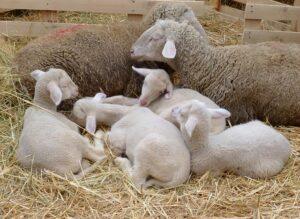
(Photo: Pixabay)
Following the historic drought, energy crisis, fodder shortage, skyrocketing input prices, wartime inflation and shrinking support opportunities that characterized the year 2022, the actors of the domestic sheep industry could breathe a little last year. The year 2023 was much more favorable in terms of grazing and mowing. Thanks to the more favorable rainfall conditions, the grazing season could be extended, and a significant amount of fiber fodder could be harvested during the year. In addition, the decrease in grain and fodder prices also helped the sector to prepare for winter feeding, so the animals overwintered in a more favorable situation. From the point of view of domestic sheep breeding, the fact that many new elements and forms of support appear in the Common Agricultural Policy (KAP) until 2027 provides more support than before for grass-based, extensive animal husbandry. Those livestock sectors that engage in grazing farming – including the sheep sector – will have access to new resources in the agricultural support system that is now starting, while most of the previous support options will also be available to them. However, the drought of 2022 did not pass without a trace, in 2023, compared to the previous year, the number of sheep farmers and the number of mother animals kept by them decreased slightly (-5%). Hopefully, the better fodder situation will encourage the sheep farmers to replenish, and in addition, the demand market, good take-over prices and subsidies can also stop the decrease in the herd. According to the joint market overview of the National Chamber of Agriculture, the Hungarian Sheep and Goat Breeders’ Association (MJKSz) and the Sheep and Goat Industry Interprofessional Association (JKÁSz), the prospects for the lamb market are favorable. In Europe, the demand for sheep and lamb meat is increasing, as the self-sufficiency level of the EU has decreased from the previous 95 percent to 88 percent with the separation of Great Britain.
The market is therefore characterized by continuous demand, which can also be seen in the evolution of prices
In terms of prices, this year, however, compared to the previous years, a more moderate rate of growth is expected, not nearly as much as that which characterized the previous years. Furthermore, the euro-forint relationship also greatly influences prices. In 2023, during the relatively early Easter period at the end of March, the lambs of animals kept in this country will predominantly be sent to Italy, where, due to Catholic traditions and gastronomic customs, lamb is a popular dish at Easter. Last year, MJKSz and JKÁSz drew the attention of producers to start fertilization from July 15 due to the early Easter. Those who have accepted this advice can realize higher prices on the market. This year’s Easter period will be special for domestic sheep breeders in that the Christian holiday and the Muslim holy month, Ramadan, will overlap, because Easter Sunday will be on March 31, 2024, while Ramadan will be from March 10 to April 8. lasts until During Ramadan, adult and healthy believing Muslims do not consume food or drink from sunrise to sunset, but after sunset they hold a group meal that breaks the fast, to which they invite their family members, neighbors and friends. At the end of Ramadan, a huge community feast is organized and food is also provided to the poor as part of donations. Lamb meat is also an important part of these meals, which further increases the demand not only from Italy but also from France and Germany, Belgium and the Netherlands.
From the point of view of domestic sheep breeding, a positive change is the diversification of export markets
In addition to the traditional Italian market, it has been possible to acquire new export relations in recent years, thus reducing the sector’s vulnerability. While the Italian market is still dominated by low-weight lambs, in the 12-16 kilogram slaughter weight category, an increasing proportion of heavy-weight lambs (16-18 kilograms) goes to France, Belgium, Germany, Austria and the Netherlands, but the Middle East is significant market interest as well. Thanks to the changes, the market is in constant demand for lambs almost all year round, the seasonality has disappeared, that is, there is a lot of traffic not only around the three major Italian holidays (Easter, Ferragosto, Christmas).
At the same time, while lamb exports are constantly increasing, domestic lamb consumption is still at a very low level
Moreover, in the first half of last year, traffic decreased by 25 percent compared to the already low base. Domestic sheep meat consumption barely reaches 0.2 kilograms per person on an annual basis, with this amount we fall far short of the EU average. After all, lamb is a particularly healthy type of meat. Due to the high protein and low fat content of lean lamb and mutton, it can easily be included in most diets.
NAK
Related news
Hungarian strawberries are already ripening, a good harvest is expected this year
Hungarian strawberries are already ripening in heated and unheated foil…
Read more >Displacing the voles and the invasive plant is a challenge at the same time
In the last hundred years, February and March have been…
Read more >NAK organizes a professional day and market presentation focusing on farmers’ markets
The National Chamber of Agrarian Economy and the Corvinus University…
Read more >Related news
Grilling cheese didn’t go up in smoke
The average price of grilling cheese is much higher (nearly…
Read more >What do shoppers say about the new retail tools?
At the beginning of the year, Consumer Panel Hungary GfK–YouGov asked panel…
Read more >Special foods ranking: 1. Diabetic, 2. Low-carb, 3. Lactose-free
Different special diets and foods are frequently discussed, and it…
Read more >

